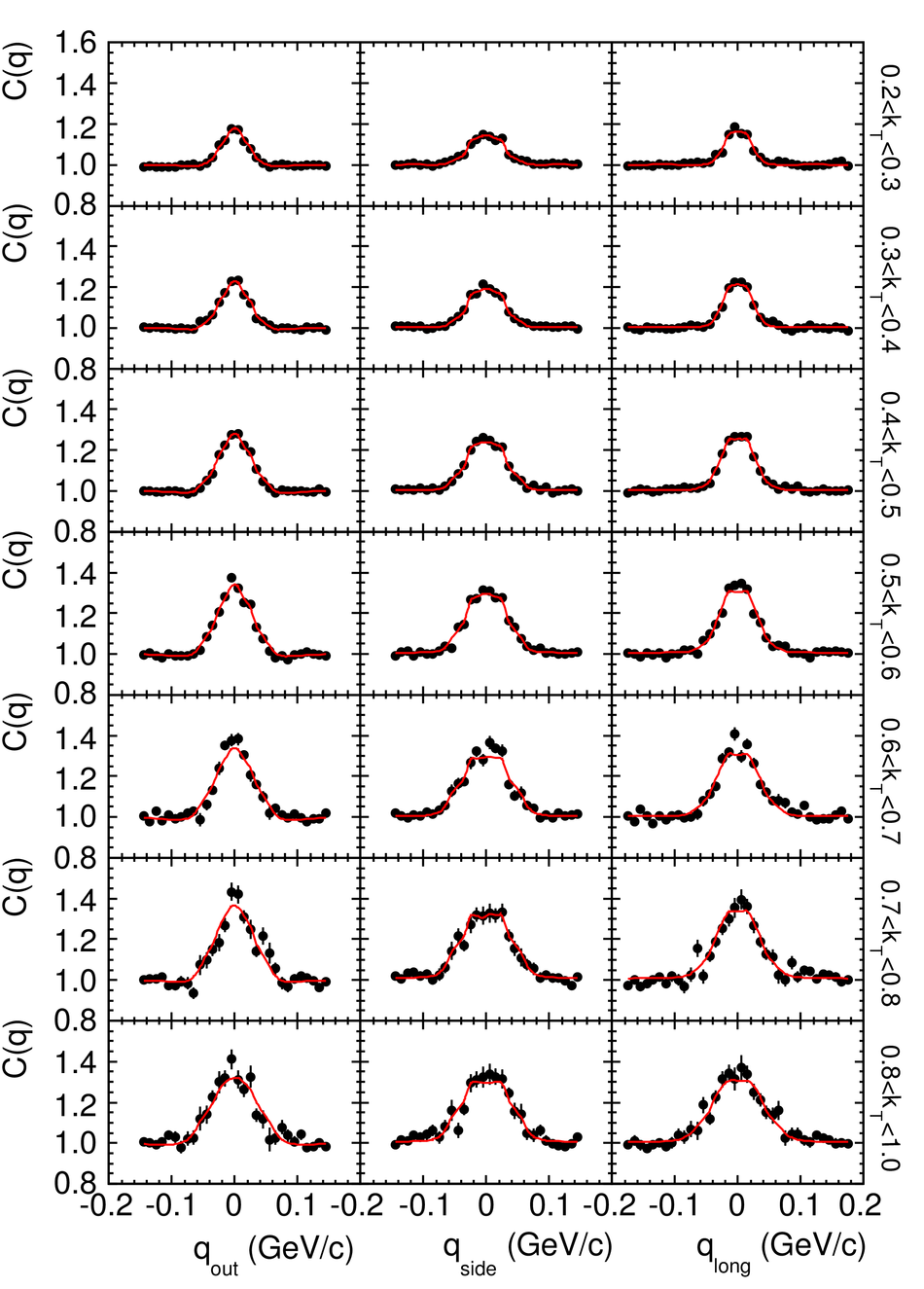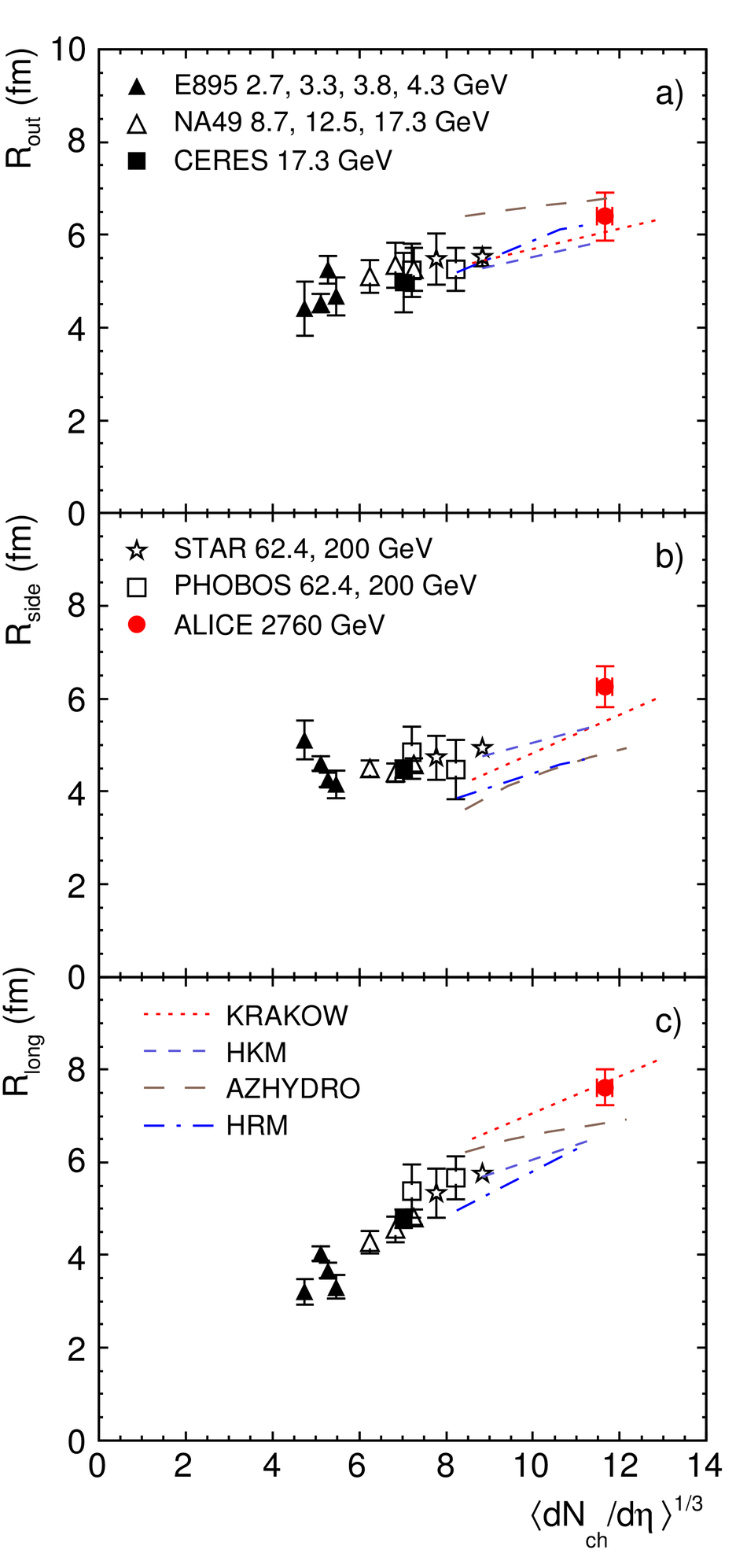The first measurement of two-pion Bose--Einstein correlations in central Pb-Pb collisions at $\sqrt{s_{\rm NN}}$ = 2.76 TeV at the Large Hadron Collider is presented. We observe a growing trend with energy now not only for the longitudinal and the outward but also for the sideward pion source radius. The pion homogeneity volume and the decoupling time are significantly larger than those measured at RHIC.
Phys. Lett. B 696 (2011) 328-337
HEP Data
e-Print: arXiv:1012.4035 | PDF | inSPIRE
CERN-PH-EP-2010-078





